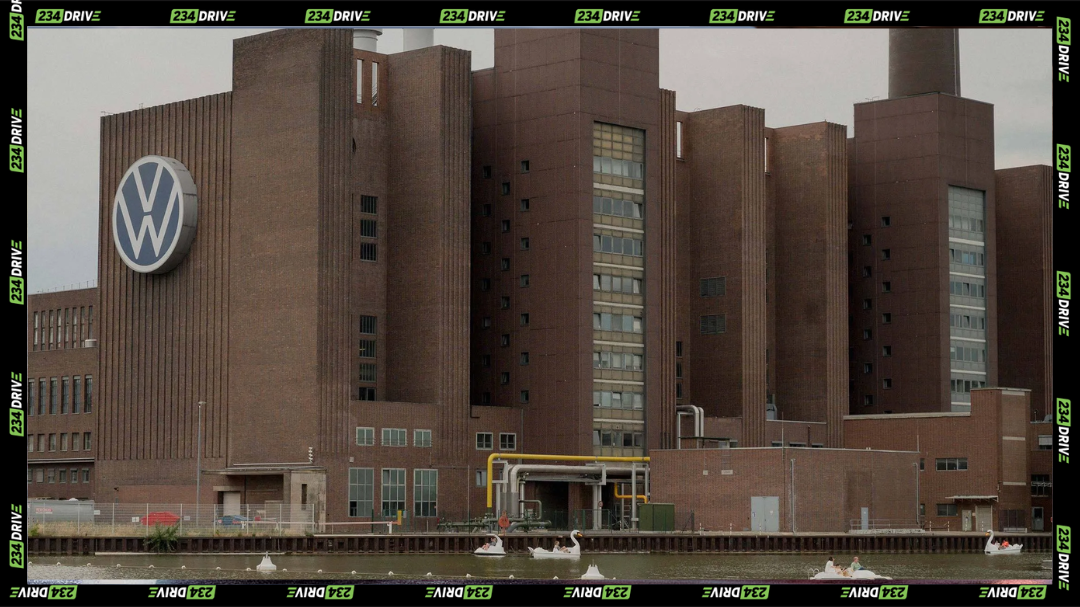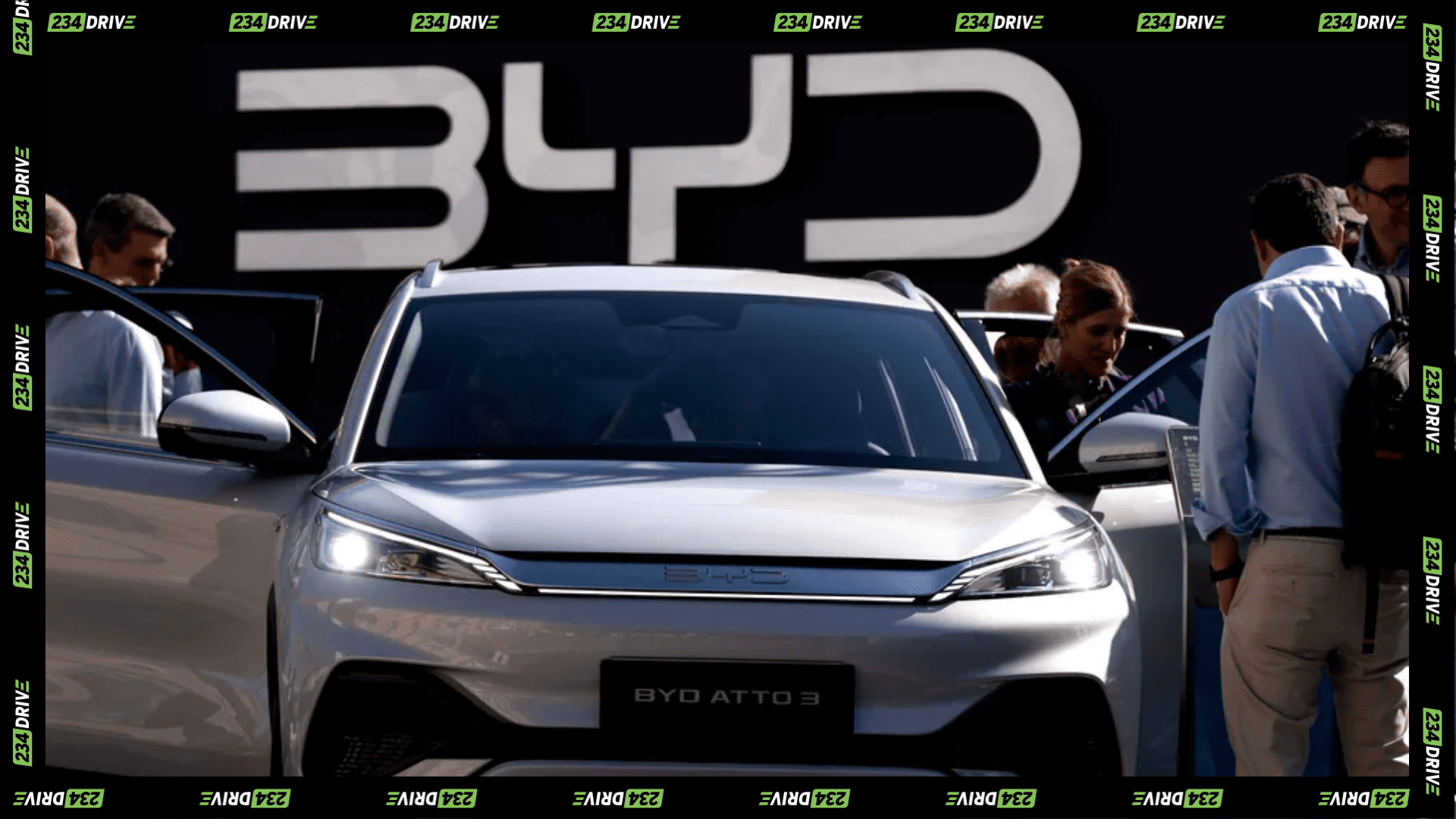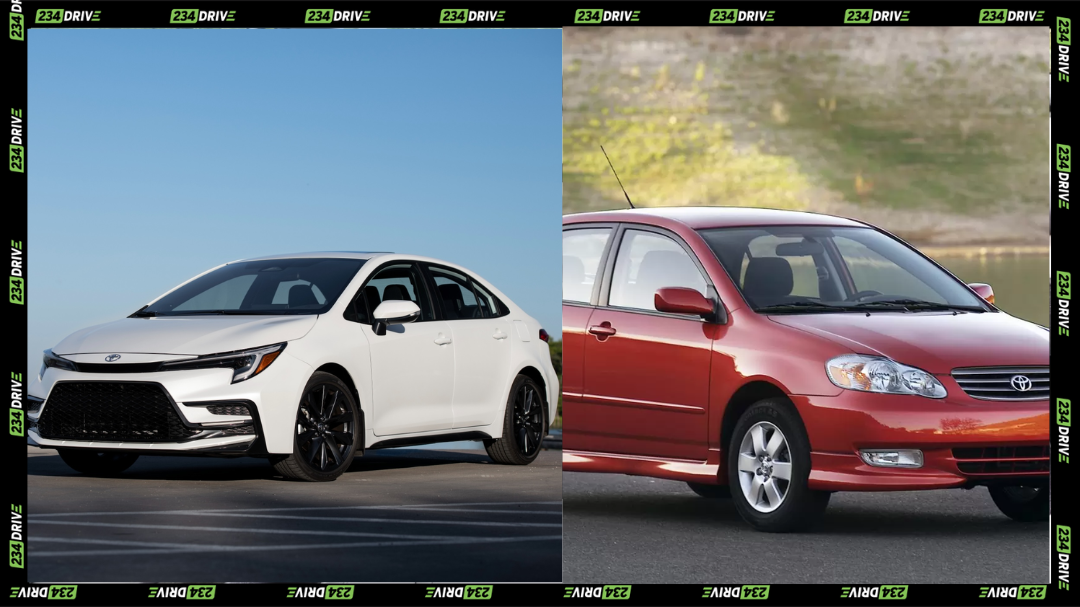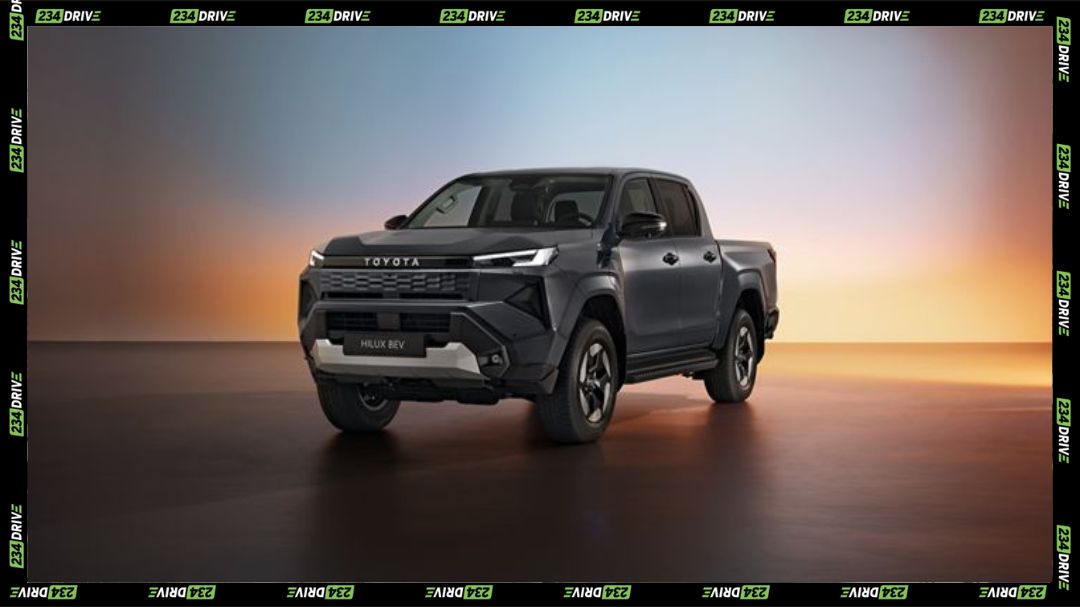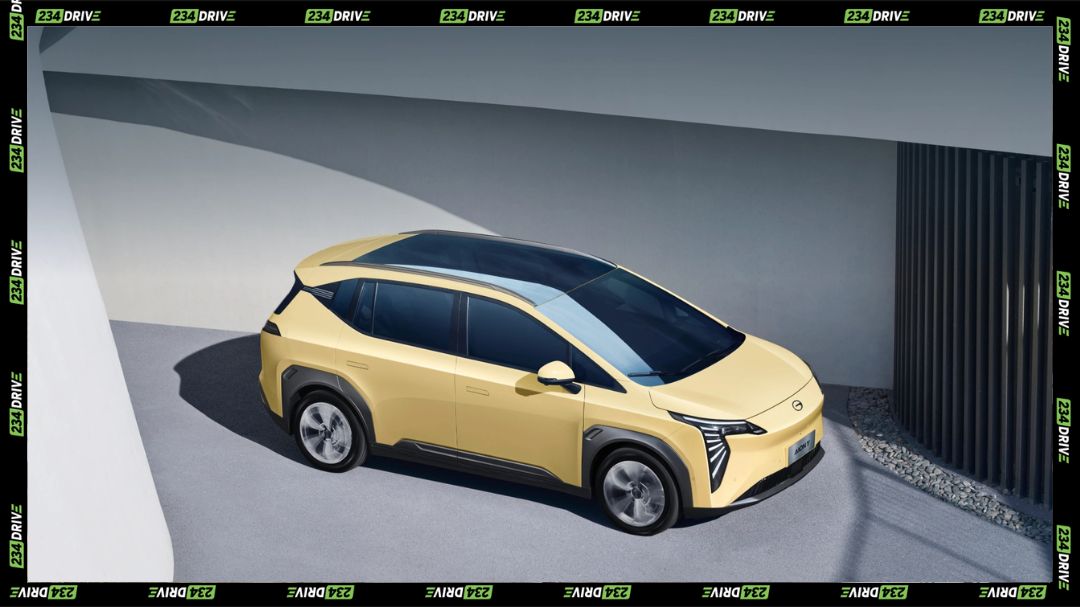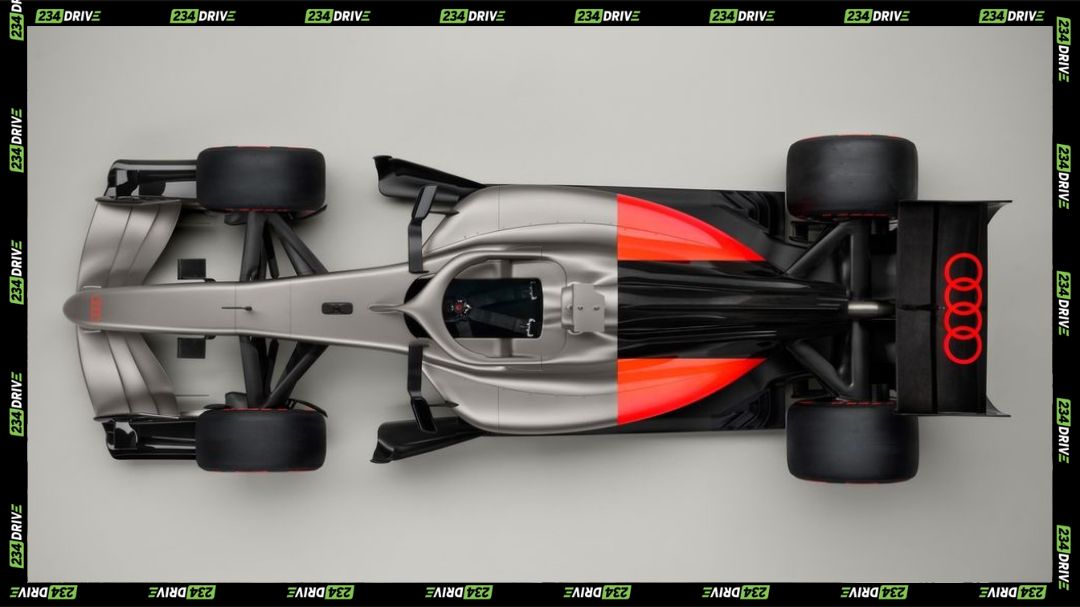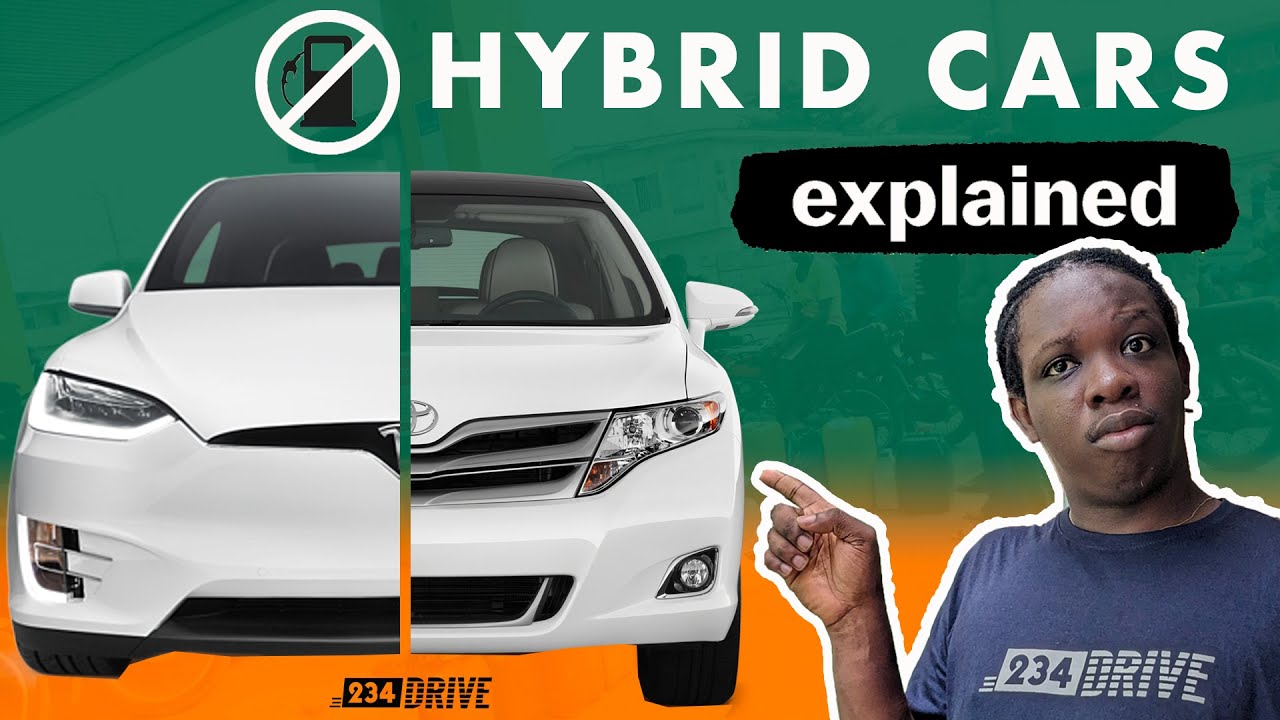Rabat, the capital of Morocco, is beginning to embrace electric mobility through the gradual rollout of electric buses, supported by international partnerships and national policy goals. As of October 2025, the city has not transitioned to a fully electric bus fleet, but it has secured a $13 million agreement with the Korea International Cooperation Agency (KOICA) to procure 20 electric buses between 2025 and 2028. This project reflects Morocco’s broader strategy to modernize urban transport, improve air quality, and prepare for the 2030 FIFA World Cup.
The partnership with KOICA goes beyond vehicle delivery. It also includes technical training for Moroccan staff in South Korea, awareness campaigns to familiarise the public with sustainable transport, and maintenance plans to address challenges like battery management. These steps are intended to ensure that the buses can integrate smoothly into Rabat’s existing system. The first units are expected to arrive soon, adding to Morocco’s growing list of operational e-buses.

The environmental case for electric buses is strong. Traditional diesel buses are a major contributor to urban smog, particularly in dense cities like Rabat where thousands of workers depend on public transport daily. Switching to electric models reduces both noise and carbon emissions, aligning with Morocco’s climate commitments and providing health benefits for residents. Early examples in Marrakech, where electric buses were deployed in 2025, have shown how cleaner transport options can enhance tourism appeal while easing local pollution.
Nationally, Morocco aims to acquire 7,000 new buses by 2030, of which a significant share will be electric. The Ministry of Interior’s first tender in 2025 included 1,317 buses, with 30 electric units, signalling the start of gradual adoption. Officials point out that electric buses now cost roughly the same as fuel-powered ones, making the shift economically viable. This plan is closely linked to the infrastructure demands of the 2030 World Cup, which Morocco will co-host with Spain and Portugal. Half of the eventual fleet could be electric, setting a precedent in North Africa for large-scale sustainable mobility.
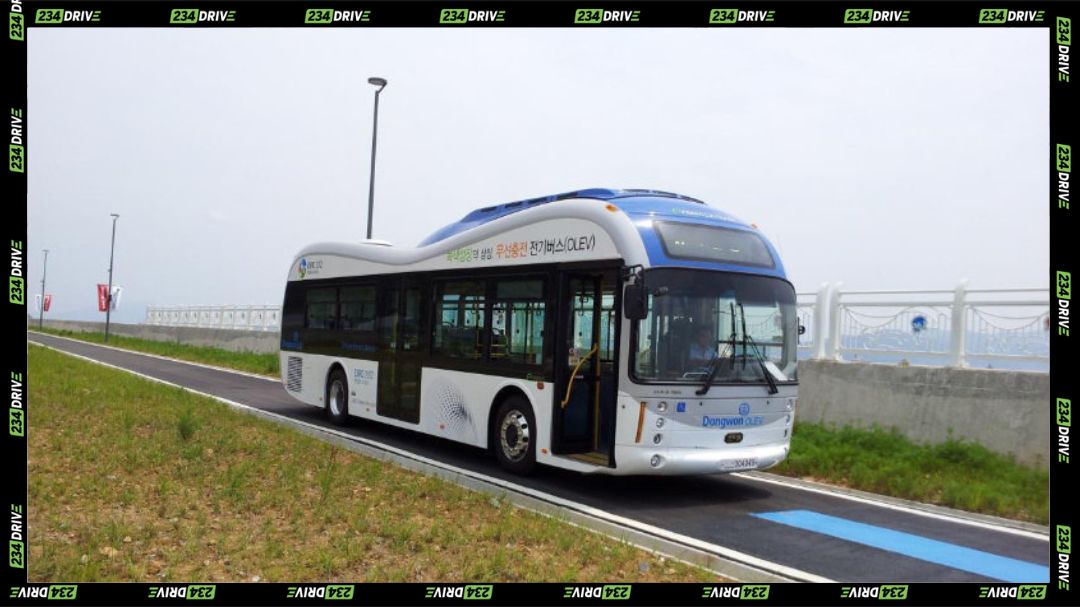
Rabat’s initiative is not unique on the continent. South Africa and Kenya had already launched electric bus pilots before Morocco, and other African countries are scaling similar projects. Yet Morocco distinguishes itself with government-backed financing, international collaboration, and integration with national planning. By late 2024, the country already had 12 electric buses in operation and 60 more in the pipeline, with Rabat’s incoming fleet adding to this momentum. Meanwhile, Rabat’s separate tender for 120 smart buses in August 2025, valued at over 361 million Moroccan dirhams (39.7 million dollars), reflects a wider urban transport upgrade even if not all units are electric.
Other suppliers are also shaping Morocco’s fleet. Chinese manufacturer Yutong began delivering 723 high-efficiency buses in September 2025, aimed at serving events like the Africa Cup of Nations. While these are not fully electric, they reflect Morocco’s commitment to diversifying its fleet with modern, efficient vehicles. Combined with electric bus partnerships, they point to a layered strategy: balancing near-term needs with long-term sustainability goals.
Public debate on platforms like X highlights the environmental promise of Rabat’s move, but also the scale of the challenge ahead. A fleet of 20 buses alone will not solve urban transport emissions, but it marks a step toward systemic change. As infrastructure, charging networks, and training mature, the potential for expansion grows.
Morocco’s push for electric buses shows a country positioning itself as a regional leader in sustainable mobility. While Rabat is not yet running a fully electric fleet, the city’s upcoming deployment and the national 2030 target represent a measured, practical path forward. It may not be the first on the continent, but the scale and government backing could make Morocco one of Africa’s most important test cases for how to electrify public transport successfully.


